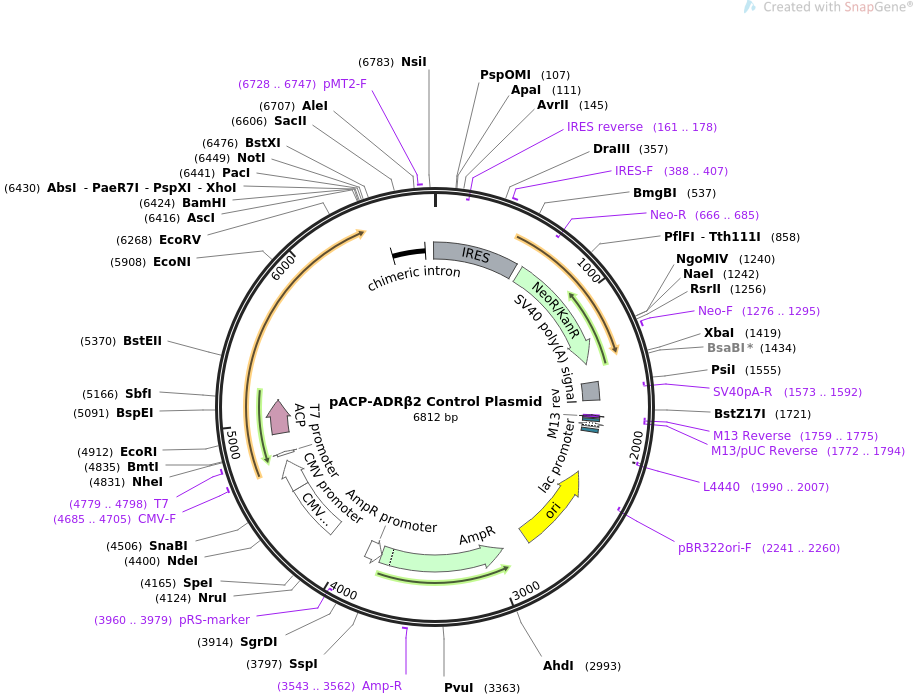

If a plasmid contains a region with a high amount of guanine and cytosine nucleotides, we might need to send it for Sanger sequencing to verify the sequence within that region.
#Snapgene viewer make plasmid verification#
These regions require additional verification experiments that can be partially designed using the Snapgene desktop software. These can include GC-rich and repetitive regions. Some regions of plasmids are difficult to sequence by NGS. Using Snapgene for additional verification experiments: Primer and restriction digest design This means we can easily compare and analyze any differences between our sequence results and the reference sequences.
#Snapgene viewer make plasmid software#
The Snapgene desktop software allows us to quickly align multiple sequences at the same time. Once we’ve identified the features within a plasmid, we next verify that our sequencing results match sequence information contributed by the depositor, published backbone sequences, and any known sequences for the insert. This saves us time as we are often analyzing deposits with many plasmids that contain similar features and it allows you to more quickly identify the same feature in other plasmids. Once we identify the gene, we can easily annotate it by making a custom feature in Snapgene. By easily using BLAST to check the translated amino acid sequence from within Snapgene, we can confirm the identity of the gene and check for any mutations. Snapgene also provides easy visualization of open reading frames, which is often our first clue about where the gene of interest might be located. Next, we use the “Detect Common Features” function to find and annotate promoters, selectable markers, tags, origins of replication, and fluorescent proteins that are already included in Snapgene’s extensive database. The first thing that the Snapgene software will confirm for us is whether it is a linear or circular sequence. We then copy the contents of the resulting FASTA file into the desktop version of Snapgene to visualize the sequence and look for features. While our quality control process for incoming plasmids can vary based on the contents of a plasmid, the first step is always to send prepped plasmid DNA for next generation sequencing.

To align NGS sequencing results with reference sequences.

The main ways we use SnapGene for plasmid quality control are: In this blog, we’ll walk you through how a scientist at Addgene uses Snapgene to confirm the sequence of a plasmid and we’ll highlight some of the new features available on our website through our Snapgene powered maps and sequence analysis tools. We regularly use Snapgene for our quality control process because of its expansive feature library and useful tools. We’ve also talked about how our new Snapgene generated maps provide improved feature detection with an easy to use interface. We’ve talked a lot about the quality control process at Addgene by introducing our new sequencing partner seqWell and going into detail about how we use next generation sequencing results to perform quality control on deposited plasmids.


 0 kommentar(er)
0 kommentar(er)
